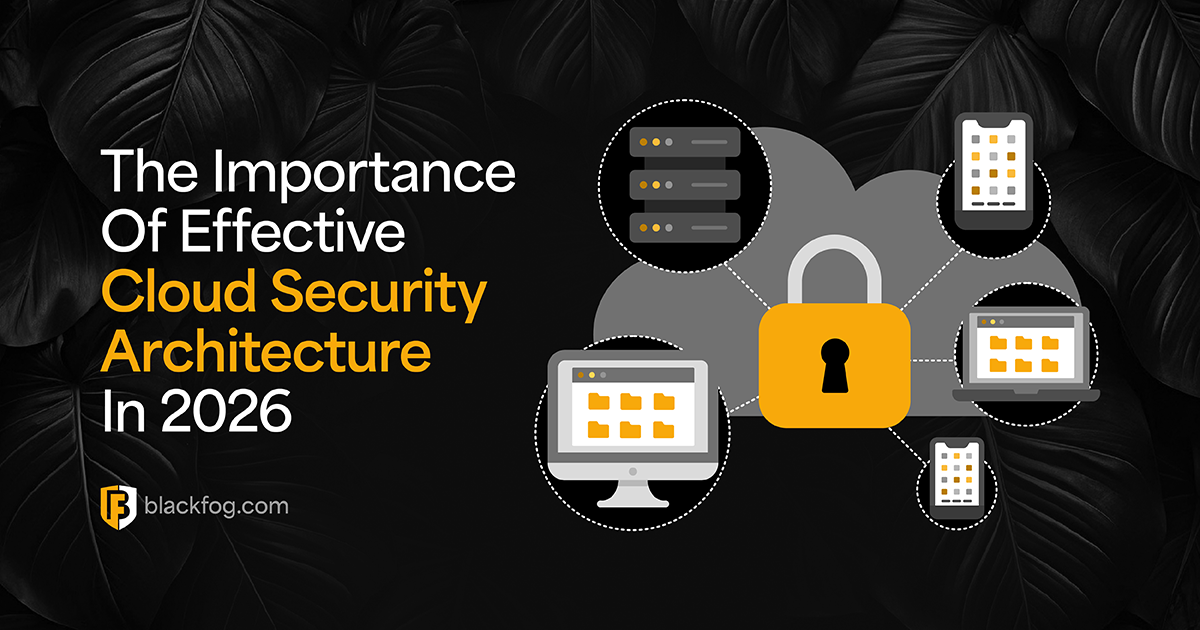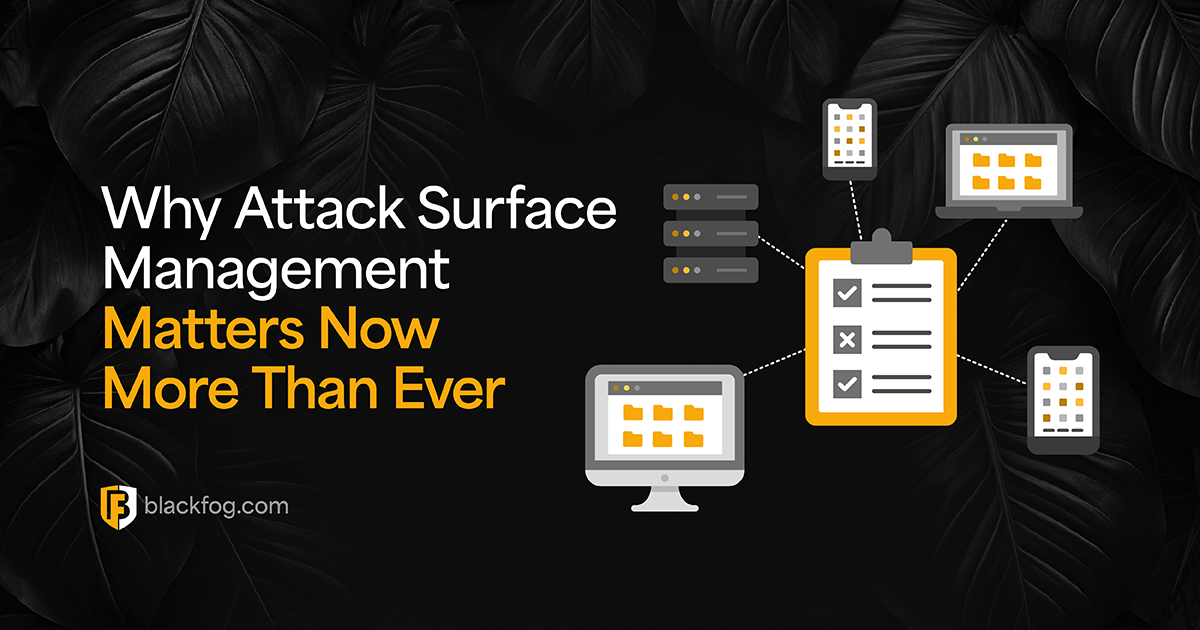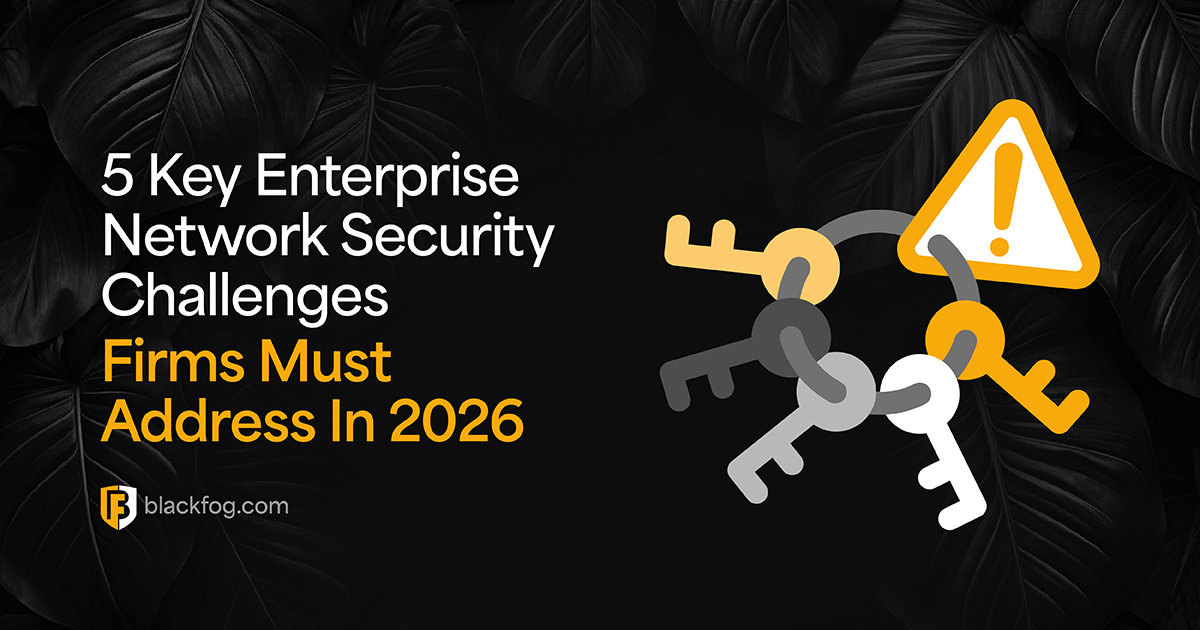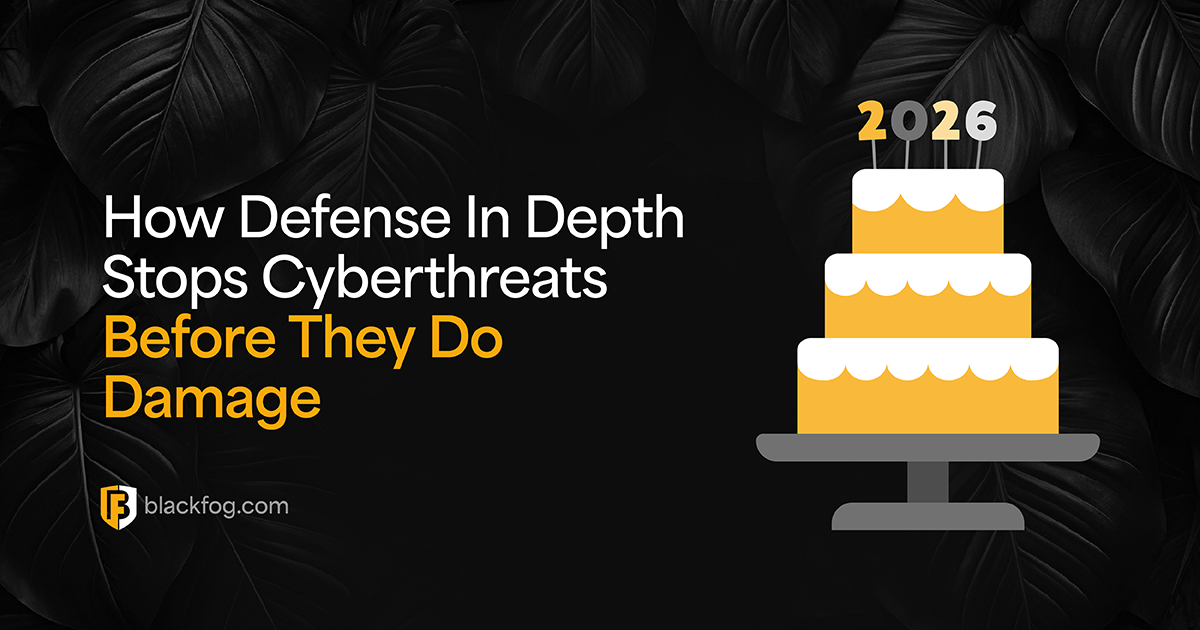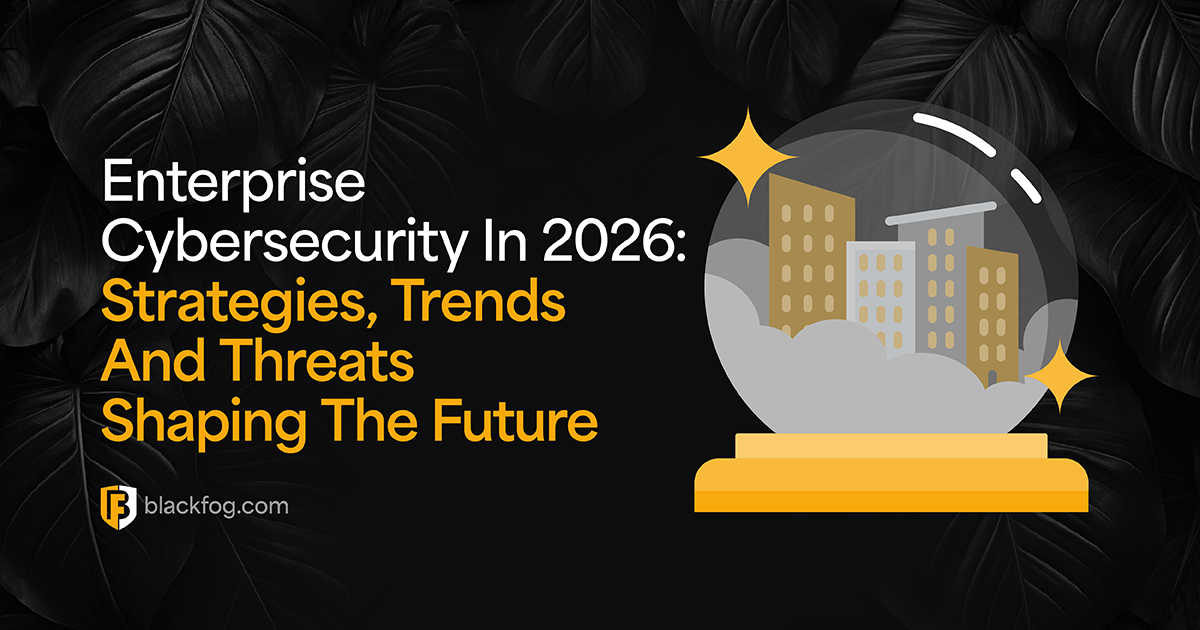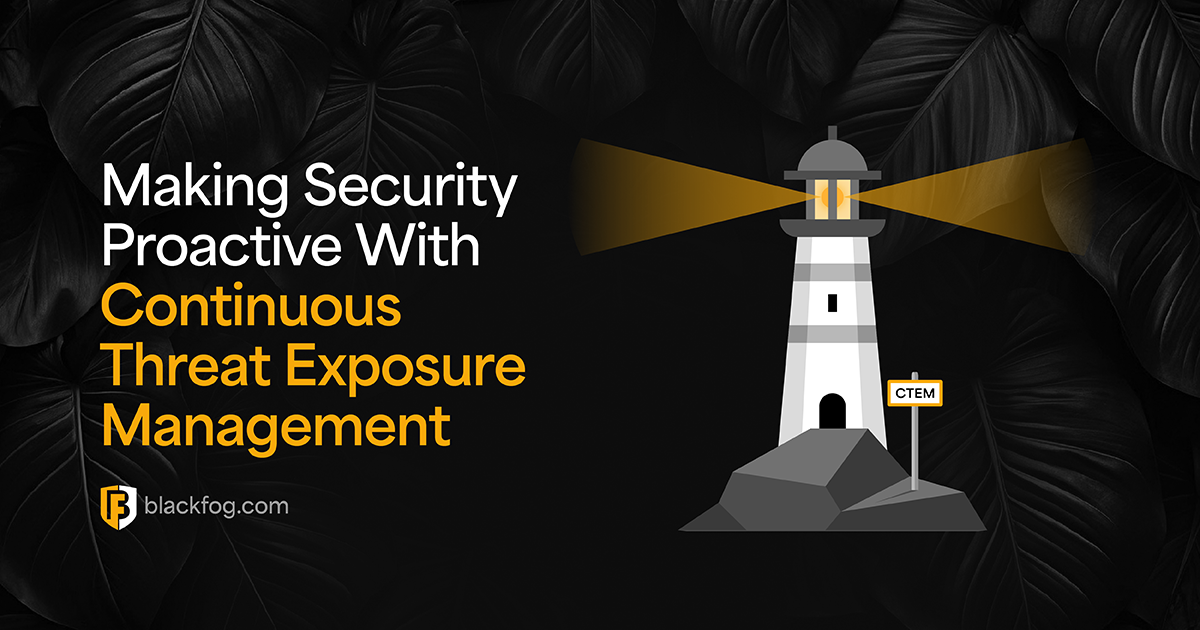
Making Security Proactive With Continuous Threat Exposure Management
Cybersecurity professionals are under increasing pressure as enterprise networks expand. Increased reliance on cloud environments, remote connectivity and tools like the Internet of Things all result in more devices being brought onto corporate networks. Every new asset added to the network increases the potential attack surface, creating more opportunities for threat actors to exploit vulnerabilities.
Traditional, reactive approaches are no longer enough to keep pace with this growing complexity. Instead, organizations need a more proactive way to identify and mitigate risk before it can be weaponized. One solution to this is continuous threat exposure management (CTEM). This offers a structured, ongoing approach to enterprise cybersecurity by identifying vulnerabilities that could be exploited by threat actors, allowing firms to take action before they become entry points for attack.
What Is Continuous Threat Exposure Management?
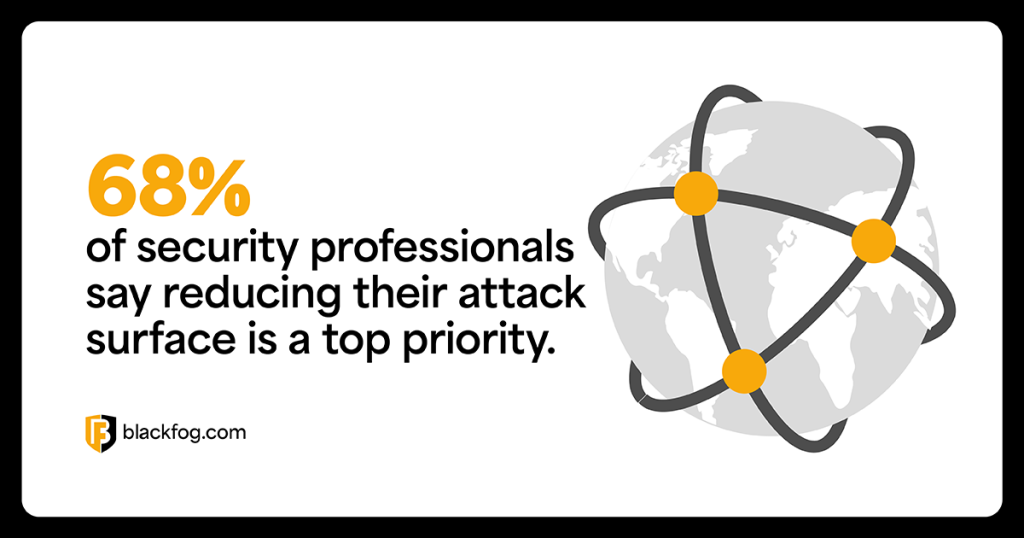
CTEM offers businesses a more proactive approach for gaining visibility into their enterprise network security and spotting any weaknesses. This is increasingly important as firms seek to regain control of sprawling networks, with figures from Bitdefender noting that in 2025, 68 percent of security professionals identify attack surface reduction as a top priority.
To help with this, CTEM provides an ongoing process that identifies, assesses and addresses real‑world exposures before they can be exploited. It is a proactive, structured program designed to continuously identify, assess, validate and remediate the exposures that matter most.
The framework combines threat intelligence, attack simulation and business context to highlight which vulnerabilities are exploitable and which assets are most at risk. Unlike traditional approaches, such as periodic penetration testing or static vulnerability scans, CTEM runs constantly, reflecting the real-time nature of modern threats. It helps security teams close gaps before attackers can exploit them, enabling a more agile, risk-aligned security posture.
Why Enterprises Should Consider CTEM In 2026
The cyberthreat landscape is evolving rapidly, with attackers using automation and AI to identify vulnerabilities at scale. This often moves faster than traditional security teams can respond. At the same time, many businesses are dealing with issues such as growing network sprawl, decentralized infrastructure and expanding third-party risk. All of these create new blind spots and gaps in visibility that legacy security approaches can struggle to identify.
Firms that rely on periodic assessments or basic vulnerability scans may lack context about the findings, making it hard to identify the biggest risks. CTEM addresses this by helping security teams focus on what matters most. It prioritizes exposures based on exploitability, asset criticality and potential business impact. In a fast-changing environment, this kind of risk-based visibility is essential, with CTEM enabling enterprises to act quickly, allocate the right resources efficiently and adapt their defenses to keep up with the evolving tactics of modern threat actors.
The 5 Key Stages Of A CTEM Program
CTEM is a living, iterative process designed to give organizations a clearer, real-time understanding of their actual exposure to cyberthreats. The goal isn’t just to identify vulnerabilities, but to evaluate them in the context of how likely they are to be exploited, and how damaging they would be to the business.
The CTEM framework follows five key stages. Each one is critical to building a security posture that is not only responsive, but proactively resilient.
- Scoping: The first phase sets the parameters for the program and involves selecting which systems, environments or assets to assess. This could be cloud infrastructure, endpoints, shadow IT, operational technology or third-party integrations. These decisions must be business-driven, focusing on areas that are most critical to operations or most likely to be targeted by threat actors.
- Discovery: Once the parameters have been defined, discovery involves mapping assets and identifying vulnerabilities, misconfigurations and access pathways. This can include attack surface analysis, configuration scanning and auditing cloud and on-premises systems. The goal is to build a full picture of what exists in the environment and where weaknesses might reside, especially those that may not be immediately visible.
- Prioritization: Not all exposures carry equal risk. Therefore, this stage involves assessing discovered issues based on exploitability, threat intelligence, business impact and proximity to critical systems. By putting vulnerabilities into a real-world context based on their level of danger, how likely they are to be exploited and what impact an incident would have, organizations can focus their resources on what matters most.
- Validation: This step tests whether exposures can be successfully exploited in practice. Techniques like red teaming, breach and attack simulation or automated adversary emulation help confirm risks, highlight attack paths and reduce false positives.
- Mobilization: Once validated, vulnerabilities must be acted upon. This could involve patching, configuration changes, compensating controls or increased monitoring. Mobilization also requires coordination across security, IT and business units. Crucially, the results of this process inform the next round of scoping, creating a continuous cycle of improvement.
Key Benefits Of CTEM For Enterprise Security Teams
Adopting a CTEM approach to vulnerability identification and management offers a smarter, more strategic solution for cybersecurity that helps teams shift from reacting to incidents toward preventing them as part of a defense in depth strategy. By embedding this into their broader security planning, organizations can realize several important advantages. These include:
- Improved prioritization: CTEM ensures teams focus on exposures that are both exploitable and business-critical, reducing wasted effort on low-risk vulnerabilities.
- Faster, more informed responses: Real-time visibility and validation help security teams act quickly to mitigate threats before they escalate.
- Enhanced collaboration: CTEM brings together IT, security and business stakeholders around a shared understanding of risk, improving coordination and accountability.
- Operational resilience: By continuously identifying and addressing weaknesses, CTEM helps build a security posture that adapts to change and withstands evolving threats.
- Stronger compliance posture: Many regulatory frameworks now emphasize continuous risk monitoring. CTEM helps firms demonstrate they have active, ongoing security governance in place.
Share This Story, Choose Your Platform!
Related Posts
The Importance Of Effective Cloud Security Architecture: What To Know For 2026
What must firms consider when building cloud security architecture that's fit for the modern era of computing?
Why Attack Surface Management Matters Now More Than Ever
What key challenges do companies face as networks expand and their attack surface grows, increasing the need for effective attack surface management?
5 Key Enterprise Network Security Challenges Firms Must Address In 2026
Is your firm still dealing with these five enterprise network security challenges? Here's what to do to improve your position.
Making Security Proactive With Continuous Threat Exposure Management
Find out everything you need to know about continuous threat exposure management, what's involved and the benefits it could bring to organizations.
How Defense In Depth Stops Cyberthreats Before They Do Damage
Learn what's involved in an effective defense in depth approach to cybersecurity and why this matters more than ever in a fast-evolving environment.
Enterprise Cybersecurity In 2026: Strategies, Trends And Threats Shaping The Future
What will enterprise cybersecurity hold for business in 2026 and what will cybersecurity leaders need to do to protect their firms from new threats?

